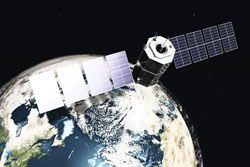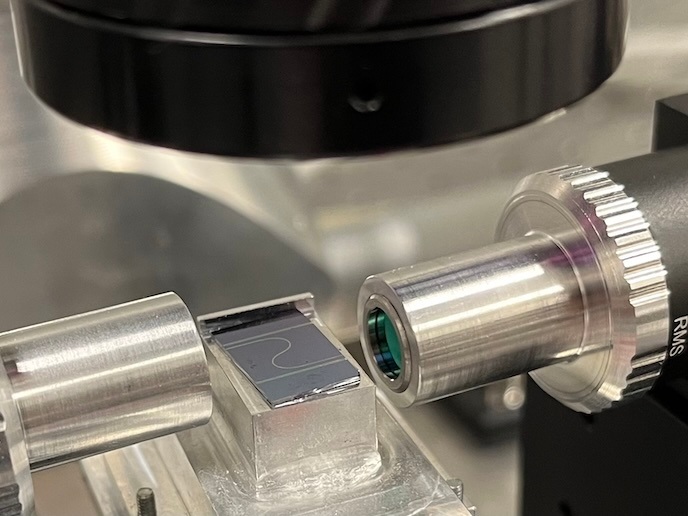Security services from satellites
The G-MOSAIC project aimed at developing two types of (pilot) services for the Global Monitoring for Environment and Security (GMES); those supporting crisis management operations and those related to intelligence and early warning (i.e. crisis prevention). G-MOSAIC products themselves were further sub-divided by one of the five security domains to which they referred to; namely Crisis Management, Critical Assets, Migration and Borders, Natural Resources and Non-proliferation. G-MOSAIC achieved the objective of demonstrating the added-value of a range of Earth Observation derived information products to different users linked to the security. The project culminated in 'mapping' the technological landscape by proposing a portfolio of pre-operational products and products that would require further R&D. Demonstration of the sustainability of the service provision was another important objective. However, partly due to the open issues related to the institutional framework (e.g. governance of GMES security), clear cost information as well as sufficiently detailed analysis of follow-on funding mechanism(s) were partly missing. G-MOSAIC progressed from R&D activities to pre-operational services inside the security dimension of GMES strongly involving users in that process. During the project duration altogether more than 60 activations were completed and around 40 user organisations involved. The G-MOSAIC product portfolio identifies the crisis management related services as the most mature area, already contributing for instance to support operations in rapid modes. G-MOSAIC Intelligence & Early Warning services did indeed respond to the users' needs but would require further development so as to bring them into operational level. Worth noticing is that G-MOSAIC was successfully completed despite several challenges; many beyond the control of the consortium. These challenges, covering a wide range of issues, provide however key considerations for future projects and to the currently changing institutional framework of GMES Security. Examples include user involvement and engagement, service infrastructure, synergy with other GMES services, data ordering, validation, distribution of products, data policy, standardisation and costing. With the above in mind, G-MOSAIC serves as a valuable precursor to the two on-going projects deriving from the FP7-SPACE Call 2012; 'Astronomical Resource Cross-matching for High Energy Studies' (G-NEXT) and 'Service provision of geospatial intelligence in EU external actions support' (SEXTANT). G-NEXT will prepare already mature services for the operational phase through a 24/7 focal point; whereas G-SEXTANT will improve and enhance the less developed services as identified in G-MOSAIC.







